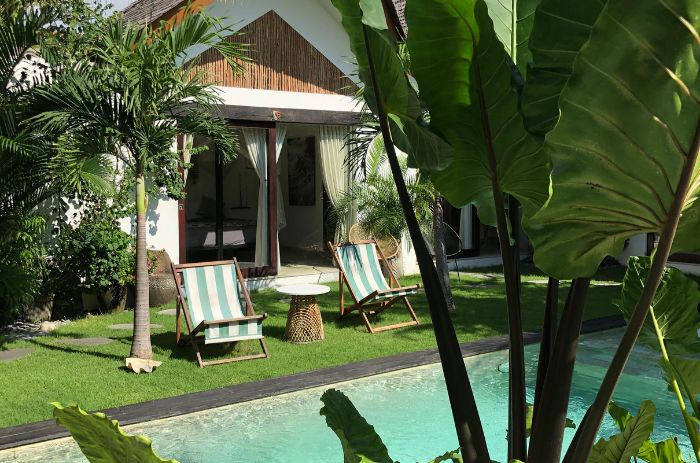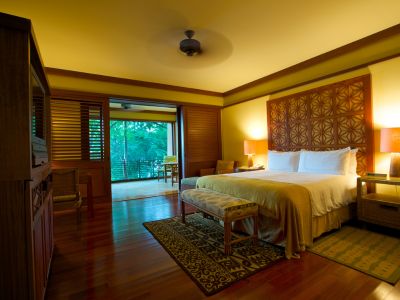Embarking on the path to recovery from alcohol or drug addiction is a deeply personal and transformative journey, and it requires more than just medical interventions or therapeutic counseling. The environment—specifically, the accommodations—in which individuals undergo rehabilitation plays an integral role in shaping their recovery experience. It serves as both a haven for the vulnerable and a springboard for those poised to reintegrate into daily life.
As such, the choice and quality of accommodations in a rehab setting aren’t mere logistical concerns; they’re critical factors that can significantly influence outcomes, mediate experiences, and either bolster or hinder the recovery process. In this exploration, we will delve into the intricate relationship between rehab accommodations and the multidimensional facets of an individual’s path to sobriety.

1. Enhancing Physical Well-being
As anyone familiar with the process knows, the initial phases of detoxification and withdrawal can be among the most physically taxing parts of recovery. Comfortable accommodations provide not just a bed to sleep in, but a soothing haven where the body can recuperate. Soft beds, clean and hygienic surroundings, and functional amenities can ease the discomfort associated with withdrawal symptoms. Moreover, when the accommodation is equipped or located near medical facilities, it offers the added reassurance that any potential emergencies or complications will be addressed promptly, ensuring the patient’s safety during the most vulnerable stages of recovery.
2. Promoting Mental Well-being
Recovery from substance abuse is as much a mental challenge as it is a physical one. The ambiance of the rehab environment can profoundly impact an individual’s mental state. A serene setting, devoid of unnecessary distractions, provides the peace and quiet essential for introspection, meditation, and focus. Furthermore, there’s a reason why many rehab centers invest in aesthetic design and décor. There’s a growing body of evidence that suggests that our surroundings, particularly those filled with natural light and uplifting colors, can have a direct bearing on our mood and general well-being. In essence, an environment that feels good can be a subtle but powerful ally in the fight against addiction.
3. Creating a Safe Environment

Many individuals seeking rehab come from environments rife with stressors and triggers. One of the most fundamental roles of rehab accommodations is to offer a sanctuary from these challenges. This means not only physical safety, ensured by robust security measures, but also emotional and psychological safety.
The provision of privacy, be it in the form of private rooms or personal spaces, is vital. It allows individuals to process their journey, confront their demons, and rebuild their self-worth without feeling observed or judged.
4. Fostering Community and Support
The journey to sobriety isn’t one that needs to be undertaken alone. In fact, community support can often spell the difference between successful recovery and relapse. Addiction rehab centers that offer communal spaces, such as lounges or shared kitchens, inadvertently promote the formation of support groups. As individuals share their stories and experiences, bonds of understanding and camaraderie form. Moreover, a structured living environment, where residents might share responsibilities like cleaning or meal preparations, not only instills a sense of discipline but also equips them with life skills vital for their post-rehab life.
5. Reinforcing Treatment Modalities
The primary aim of rehab is therapeutic intervention, and accommodations play a key role in facilitating this. Rooms designed with therapy sessions in mind, whether for one-on-one counseling or group sessions, enhance the efficacy of treatment. Moreover, the availability of recreational facilities, such as gyms or outdoor areas, can be vital for physical therapy sessions. They also introduce recovering individuals to healthier recreational activities, providing them with alternative avenues to cope with stress or emotional upheaval.
6. Facilitating Long-term Recovery
A truly successful rehab experience is one that results in sustainable sobriety long after the individual has left the facility. Some rehab accommodations offer more than just a temporary refuge—they provide training facilities where individuals can acquire new skills or vocational training. This not only empowers them with new abilities but also aids in their reintegration into society. Natural surroundings or access to outdoor activities can also introduce individuals to new hobbies like hiking or gardening, which can be instrumental in their long-term recovery.
Conclusion
In the realm of rehabilitation, it’s a common misconception to view the treatment process in isolation, focusing solely on the therapeutic and medical interventions. However, as our exploration reveals, the environment, particularly the accommodations, is not just a backdrop but an active participant in the recovery journey. These spaces, when thoughtfully designed and curated, become sanctuaries of healing, pillars of support, and catalysts for personal growth.
The intricate dance between the tangible (the physical environment) and the intangible (the emotional and psychological therapies) is what defines a truly holistic approach to recovery. For those seeking or considering rehab options, it’s paramount to recognize and appreciate this symbiotic relationship, as it lays the foundation for a more profound and enduring return to a life of health and sobriety.




